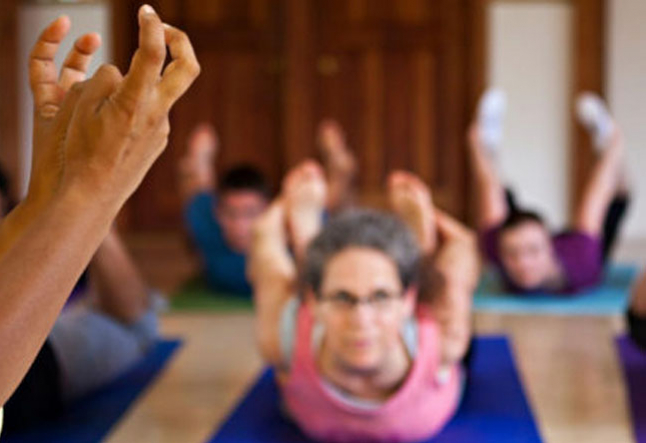5 simple tips for teaching yoga to the deaf and hard of hearing

tips teaching yoga deaf hard hearing
As someone who lives with a sensorineural hearing loss, there are unique challenges that I face in everyday situations; least of all, as a student of yoga. After attending my teacher training, I developed these tips to help my fellow teachers feel more comfortable working with deaf and hard of hearing students.
Here are 5 tips to ensure that your deaf or hard of hearing student get the most out of your teachings:
1. Ensure they can see you during demonstrations – Position yourself nearby or next to them to make certain they catch more of the nuances of the pose.
2. Make eye contact – Eye contact is very important to the deaf and hard of hearing. So much can be communicated through the gaze. Don’t let the opportunity to have a deep yogic connection pass you by.
3. Speak carefully – Even if your student does not speak orally, they likely know how to lip read if they are attending a public class. When speaking to them ensure your face is turned towards them and they can see your expression.
4. Smile, relax, and own your energies – The deaf and hard of hearing can be some of the most sensitive individuals you come across. Even if you are unsure, have faith in your teachings and the message will be received.
5. Feel free to ask to make hands on adjustments – Everyone wants to feel progress in their practice. Do not be shy in suggesting they come out of the pose and you assist them into the correct alignment.
Try these tips the next time you teach. Even if your current students are hearing, these are easy and adjustable steps you can apply at any time.
Read next >> coming to your mat in the darkest of times